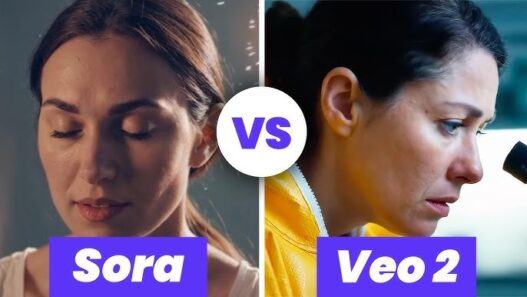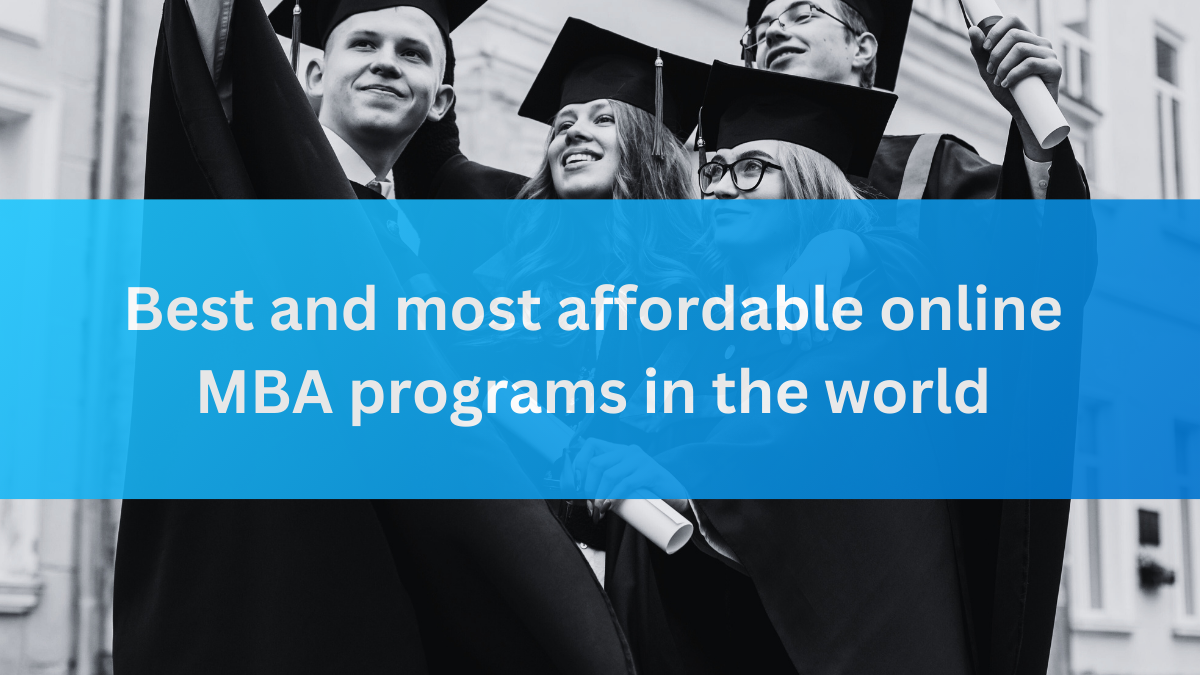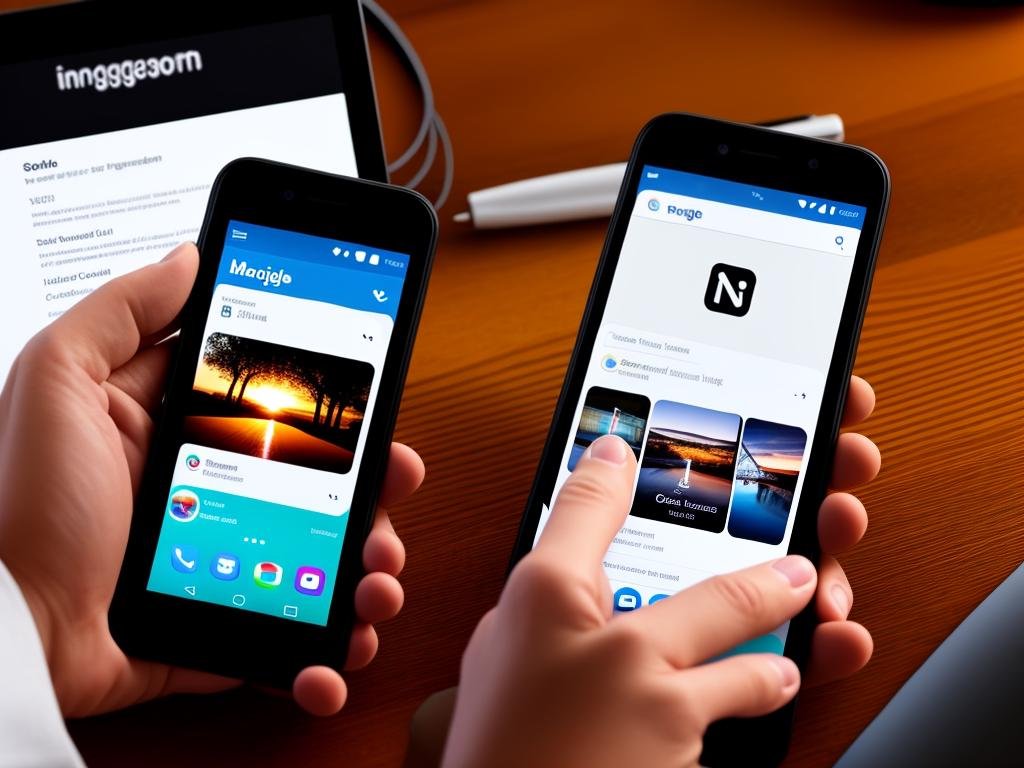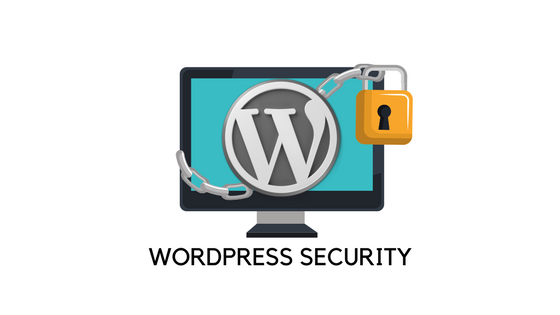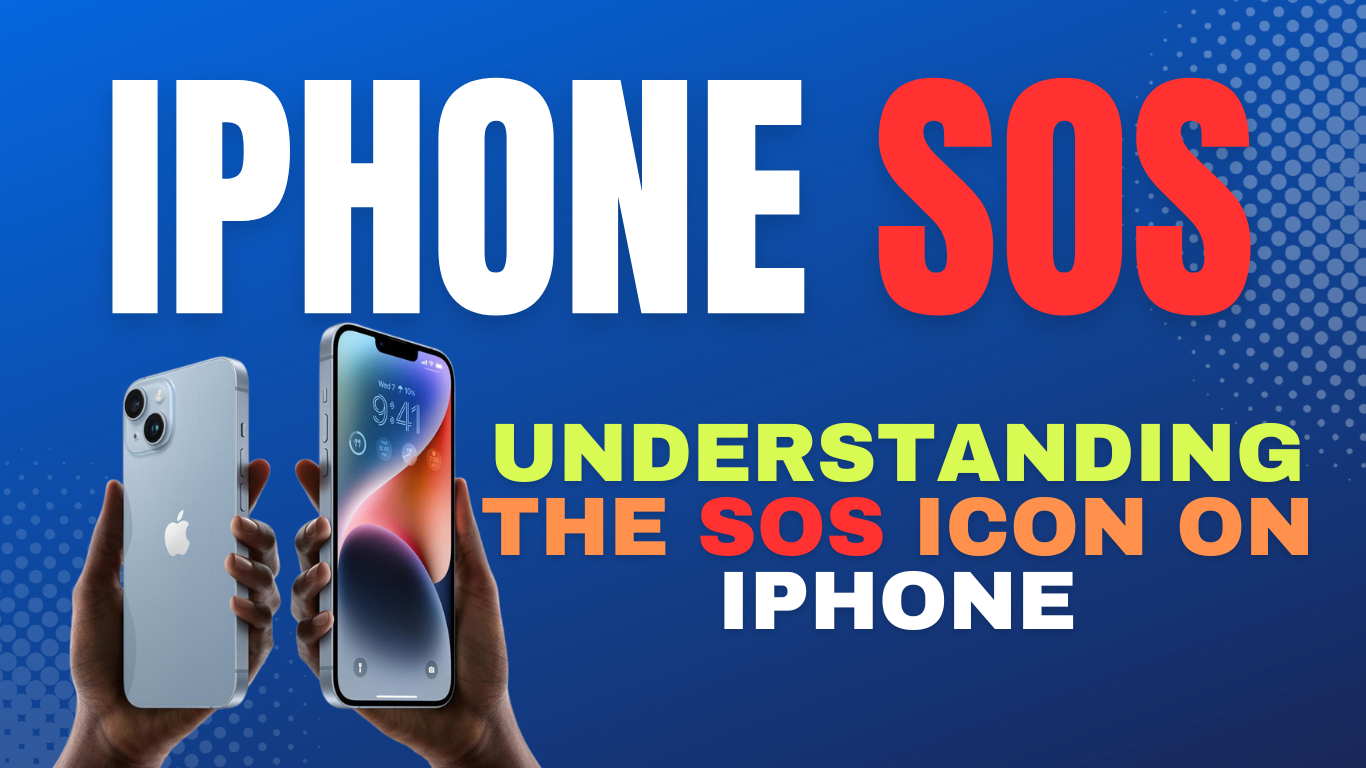In our increasingly digital world, understanding the language of computers–coding–is becoming more and more critical. The realm of coding is vast and multilayered, spanning numerous languages each with its unique syntax and semantics. For those looking to embark on this fascinating journey, the path begins with understanding what exactly coding is, and being introduced to some of the more popular programming languages out there, such as Python or JavaScript. This knowledge is a springboard, it allows you to delve deeper into the world of coding, familiarizing yourself with essential constructs like variables, data types, loops, functions, and arrays. But learning doesn’t stop at theoretical comprehension; it reaches fruition when put into practice through a tangible project, like creating a simple app or website. Remember, the first few steps could seem overwhelming, but do not fret, with persistence and curiosity, you’ll soon navigate the world of coding with ease and creativity.
Introduction to Coding
Introduction to Coding: The Art of Computer Programming
Programming is essentially the process of creating a set of instructions that tell a computer how to perform a task. It all starts with coding. Coding is the primary method for allowing intercommunication between humans and machines. Think of it as the language of the digital age.
Understanding the Basics: What Is Code?
At its simplest form, code is a series of commands or instructions written in a specific programming language designed to be understood by a computer. The computer processes these instructions and performs tasks accordingly. The tasks could range from simple like displaying a message on the screen, to complex like building a video game or an operating system.
Popular Programming Languages
There are various programming languages, each with their own strengths and weaknesses. One is not necessarily better than the other; it all depends on the purpose of the program. Here are some of the most common ones:
- Python: A high-level, interpreted language known for its simplicity. It is often used for web development, data analysis, machine learning, artificial intelligence, and automation.
- JavaScript: A scripting language mainly used on the client-side for web development. Its main purpose is to enhance web pages, provide user-friendly experiences, and create dynamic content.
- Java: An object-oriented language used to build portable, enterprise-grade applications. It is the driving force behind many of the services you use daily.
- C++: A general-purpose programming language with high flexibility and efficiency, often used for system programming, game development, and embedded systems.
- C#: A modern, object-oriented programming language that is specifically designed for network and web development.
Choosing Your First Programming Language
If you’re just starting, Python or JavaScript are ideal first languages. Both are powerful, versatile, and offer a gentle introduction to the world of coding.
Python boasts an easy-to-understand syntax that promotes readability. Beginners appreciate Python because it allows them to focus on learning programming concepts instead of dealing with language complexities.
JavaScript, on the other hand, plays a significant role in front-end web development. It’s the only language that runs natively in your browser, and virtually all modern sites utilize it. Learning JavaScript allows you to understand how websites work, giving you practical skills from the start.
Understanding Syntax and Semantics
Programming languages, like spoken languages, have rules governing structure and meaning. These are known as syntax and semantics, respectively.
The syntax of a programming language refers to the rules governing its structure. It dictates how programs written in the language must be structured. Syntax rules relate to how commands are written, the roles of different elements like variables, methods, classes, etc., and how these pieces fit together.
Semantics, meanwhile, is all about meaning. It defines the relationships between syntax and the computational behavior it represents. Correct syntax alone does not guarantee a correct program. The program also needs to do what it is intended to.
The Next Steps
Your coding journey is a marathon, not a sprint. Start by choosing a language that aligns with your interest, be it Python, JavaScript, or something else. Engage in online tutorials or sign up for a coding boot camp. Most importantly, practice regularly, as the key to mastering coding is consistent practice.
Remember: everyone was once a newbie in the coding world. Don’t be discouraged by initial roadblocks. Embrace the challenge and enjoy the journey to becoming a proficient coder.

Basic Coding Concepts
Introduction to Basic Coding Concepts
In order to pursue coding, certain foundational concepts need to be thoroughly understood. These include variables, data types, statements, loops, functions, and arrays. While they might seem daunting at first, these concepts are fundamental blocks to becoming a proficient programmer. Let’s dig deeper.
Variables in Coding
Think of variables as the storage boxes in your computer’s memory. They contain data that your program can use. Each variable is associated with a unique name to identify this data. Here’s an example in Python:
message = "Hello, World!"
year = 2021
In this case, message is a variable storing the string “Hello, World!”, and year is a variable storing the integer 2021.
Data Types in Coding
A data type classifies various types of data such as integer, string, and float, determining the values that a variable can take and the operations that can be performed on it. Here’s how you define data types in Python:
x = 10 # Integer
y = "Hello" # String
z = 3.14 # Float
Coding Statements
Coding statements are the instructions that a coder gives to the computer. They represent an action or command to be carried out by the code. Simple examples include the assignment of values to variables or printing out a message.
x = 10 # Assignment Statement
print(x) # Print Statement
Loops in Coding
Loops are used to repeat specific operations until a certain condition is reached. The most common loops are for and while loops. A ‘for’ loop in Python might look something like this:
for i in range(10):
print(i)
This loop would print out the numbers 0 through 9.
Functions in Coding
Functions in coding are blocks of code that perform a specific task. They are created using the def keyword in Python. Here’s a simple example:
def greet():
print("Hello, World!")
In this case, greet is a function that prints “Hello, World!” when it’s called.
Arrays in Coding
An array is a collection of similar types of data. It can be a collection of integers, strings or other arrays. Here’s an array in Python:
numbers = [1, 2, 3, 4, 5]
Here numbers is an array that contains the integers from 1 to 5.
Conclusion
Understanding these fundamental coding concepts is a crucial first step towards becoming proficient in any programming language. With a solid comprehension of variables, data types, statements, loops, functions, and arrays, you can begin tackling more complex coding challenges and projects.

Practical Coding Project
Preparing for a Coding Project
Before you begin a coding project, it’s important to have a clear understanding of what you want to achieve. This process typically requires several hours of brainstorming to refine your idea and understand the technical requirements needed to bring it to life. In addition, you should also have a good understanding of the coding language(s) you plan to use. If you’re making a website, understanding languages like HTML, CSS, and JavaScript are essential.
Step One: Develop a Project Idea
Take time to brainstorm and choose a project idea that interests you. Simplicity is key when you’re just starting out, so consider an elementary yet engaging project. For example, you can develop a personal blog or portfolio website or a simple weather application.
Step Two: Research and Plan Your Project
After getting a clear idea of what to build, perform a detailed study about how it can be achieved. This will involve understanding the core functions of your application and designing an initial layout. Gather resources and take note of the coding languages and frameworks you’ll need to use (Python, Java, Ruby, etc.).
Step Three: Develop Your Project
Now to the exciting part – commencing the coding phase. Begin with a rough draft of your code and focus on implementing the primary functionalities of your app/website. Just remember, making mistakes and encountering surprises are all part of the learning curve.
Step Four: Test and Improve Your App/Website
Once your project begins to take shape, it’s time to test it. Make sure all the functionalities are working seamlessly. Also, work on fine-tuning it for better user experience. You can seek public opinion or hire professional testers for this purpose.
Step Five: Deploy Your Project
After you have polished the project through rigorous testing, it’s time to deploy it. Depending on the nature of your project, you can use platforms such as GitHub, Heroku or Netlify.
Remember, completing a coding project is a journey rather than an event. It’s okay if you hit roadblocks along the way. What really matters is that you try to understand what went wrong so you can improve.

Journeying into the world of coding is akin to learning a new language. It begins with understanding the basics, such as the common phrases and structures (syntax), then tackling the rules that govern the language’s usage (semantics). With these tools, you start to converse, build sentences and create meaning (coding projects). As you venture deeper, you start to explore the different dialects (programming languages), the flexibility and dynamism they offer. The learning journey in coding doesn’t have an end, as the digital world constantly evolves. But, remember it’s not about rushing to reach the finish line; it’s about absorbing, enjoying, and leveraging each learning opportunity to solve problems around you creatively and efficiently. Step into the world of coding; the digital realm awaits your innovative contributions!

